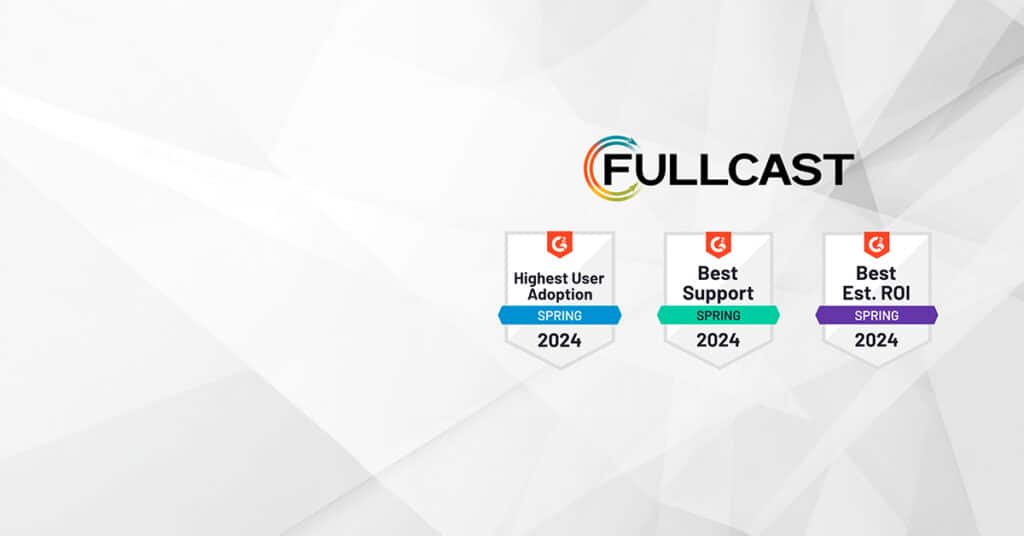The Power of Policy: Laying a Solid Foundation for Revenue Success
What does the term “Policies” mean in the RevOps context?
Policies are the ‘rules of the road.’ In a RevOps organization, it’s crucial to have common patterns, procedures, or processes for smooth operation. Once these are written down, they often end up in policy documents that, unfortunately, few read. However, these are so critical. When done correctly, policies serve as a common set of rules for internal engagement and customer interactions. When we talk about policies, we’re using the word quite expansively – for example, the policies we’re talking about are broader than a security policy. When we talk about policies, we’re referring to all governance in a RevOps organization.
Why should you invest time in creating policies?
As someone deeply invested in the efficacy of organizational structures, I staunchly advocate for the importance of policies. Despite their frequent oversight, policies are the scaffolding for both structure and direction within an organization. Their significance can be distilled into what I call the five C’s:
1. Consistency: The hallmark of any thriving organization is its ability to replicate successful processes. Documenting these processes is the first step towards automation and scalability, key indicators of a maturing enterprise. By solidifying these processes in writing, organizations foster a uniform understanding among all members, paving the way for efficient automation and scaling.
2. Customer Experience: The customer’s journey through your organization’s processes is paramount. It’s a facet that’s often neglected, yet it’s crucial for sustaining customer satisfaction and loyalty. Policies ensure that customers encounter a consistent experience, a cornerstone in building long-term customer relationships.
3. Coaching: Effective training and development of staff hinge on well-articulated policies. They serve as a roadmap for newcomers and a benchmark for measuring organizational performance. Through these documented policies, training becomes more structured, leading to a more competent and informed workforce.
4. Compliance: Adherence to legal and industry-specific standards such as GDPR, trade embargoes, HIPAA, etc., is non-negotiable. Documented policies are vital in ensuring that all members of the organization are aligned with these necessary regulations, thereby safeguarding the organization against potential legal and ethical breaches.
5. Conflict Resolution: Policies act as arbiters in internal disputes by providing clear guidelines on organizational procedures. This clarity is instrumental in resolving conflicts efficiently, maintaining harmony and focus within the organization.
What are the benefits of having policies?
A well-documented set of policies in RevOps is not just about compliance and consistency; it’s a strategic asset. Organizations with clearly defined and executed policies gain a competitive edge. Customers, seeking reliability and predictability in service, often gravitate towards organizations that demonstrate such qualities. Hence, effective policy management is not merely operational hygiene but a strategic differentiator in today’s competitive landscape.
Here are two examples. 1) Consider the common issue of territory rules within organizations. These rules, when clearly defined, can prevent conflicts and expedite customer service. For instance, clarity in categorizing accounts as either financial services or healthcare significantly speeds up response times, offering a tangible competitive advantage. 2) As another example, consider the rules governing treatment of customer and prospect data. Policies around complex regulations like GDPR and HIPAA, when clearly articulated, ensure swift internal decision-making, thereby enhancing the overall customer experience.
This integration of the various C’s demonstrates how consistency in policy leads to more objective decision-making. Documenting these policies lays the groundwork for their eventual automation, streamlining processes and alleviating managerial burdens. The point at which automation becomes feasible varies depending on the specific process and the maturity level of the organization.
What is the difference between a policy and a workflow?
A crucial distinction in RevOps is between ‘workflow’ and ‘policy.’ Consider the process of routing: the action of routing a record is a workflow, a consistent procedure. However, the inputs to this workflow, such as market strategies, are dynamic and constitute policy. Many organizations conflate the two, leading to rigid and unadaptable systems. By delineating workflows from policies, organizations can maintain steady procedural frameworks while allowing the flexibility for policies to evolve in tandem with market strategies and organizational growth.
How do policies contribute to agility and growth?
In summary, the significance of well-crafted policies in a RevOps organization cannot be overstated. They are not just mere guidelines but the foundational elements that drive consistency, enhance customer experience, facilitate coaching and development, ensure compliance, aid in conflict resolution, and offer a competitive advantage. The art of separating workflow from policy further refines an organization’s ability to adapt and grow in an ever-changing market landscape. As we navigate the complexities of modern business operations, it becomes clear that policies are not just administrative necessities but strategic tools that, when effectively implemented, can catalyze an organization’s growth and success. By embracing and investing in comprehensive policy development, RevOps organizations can transform these ‘rules of the road’ into pathways leading to organizational excellence and sustained market leadership.
For more information on this topic, check out this eBook: RevOps Execution Policies.











